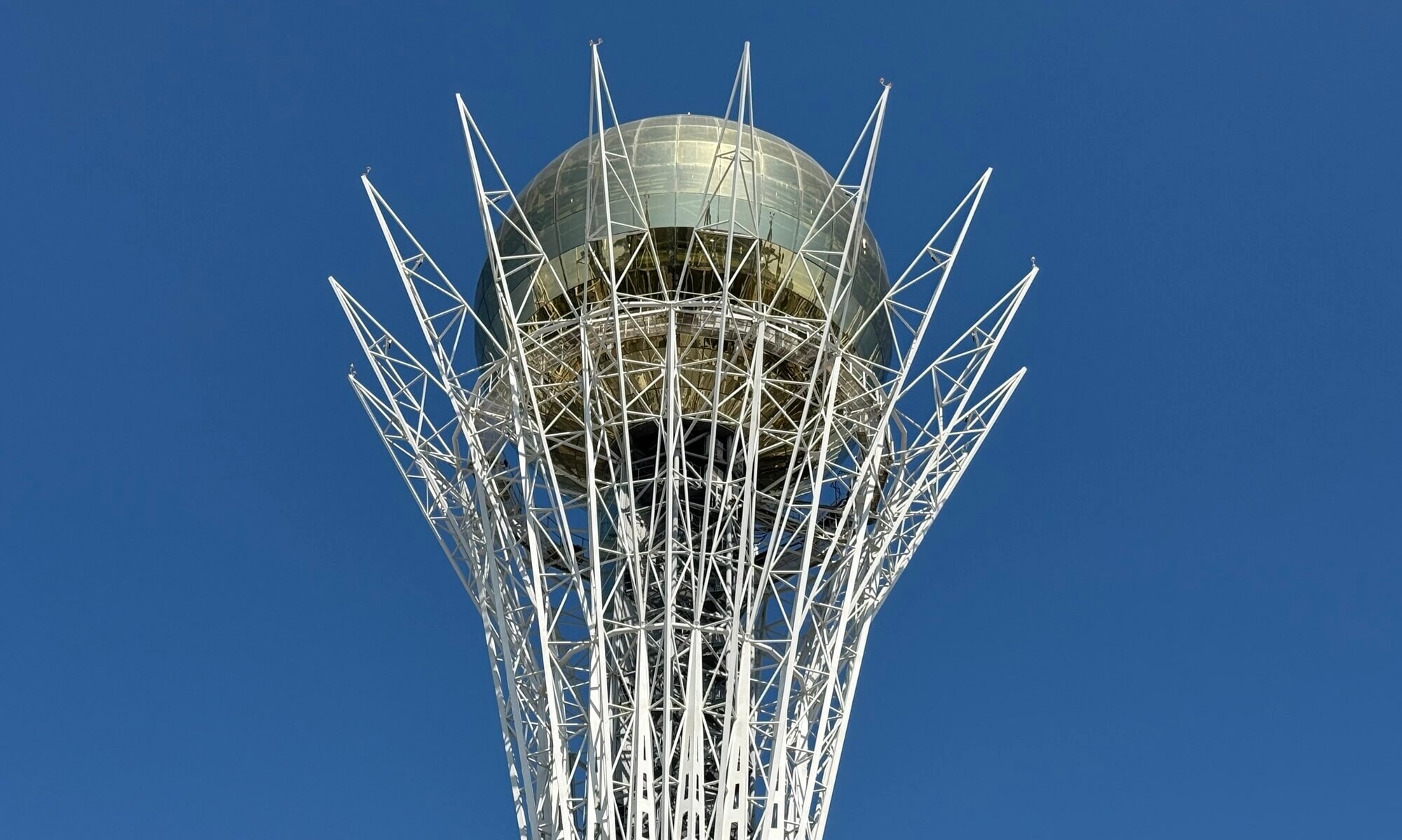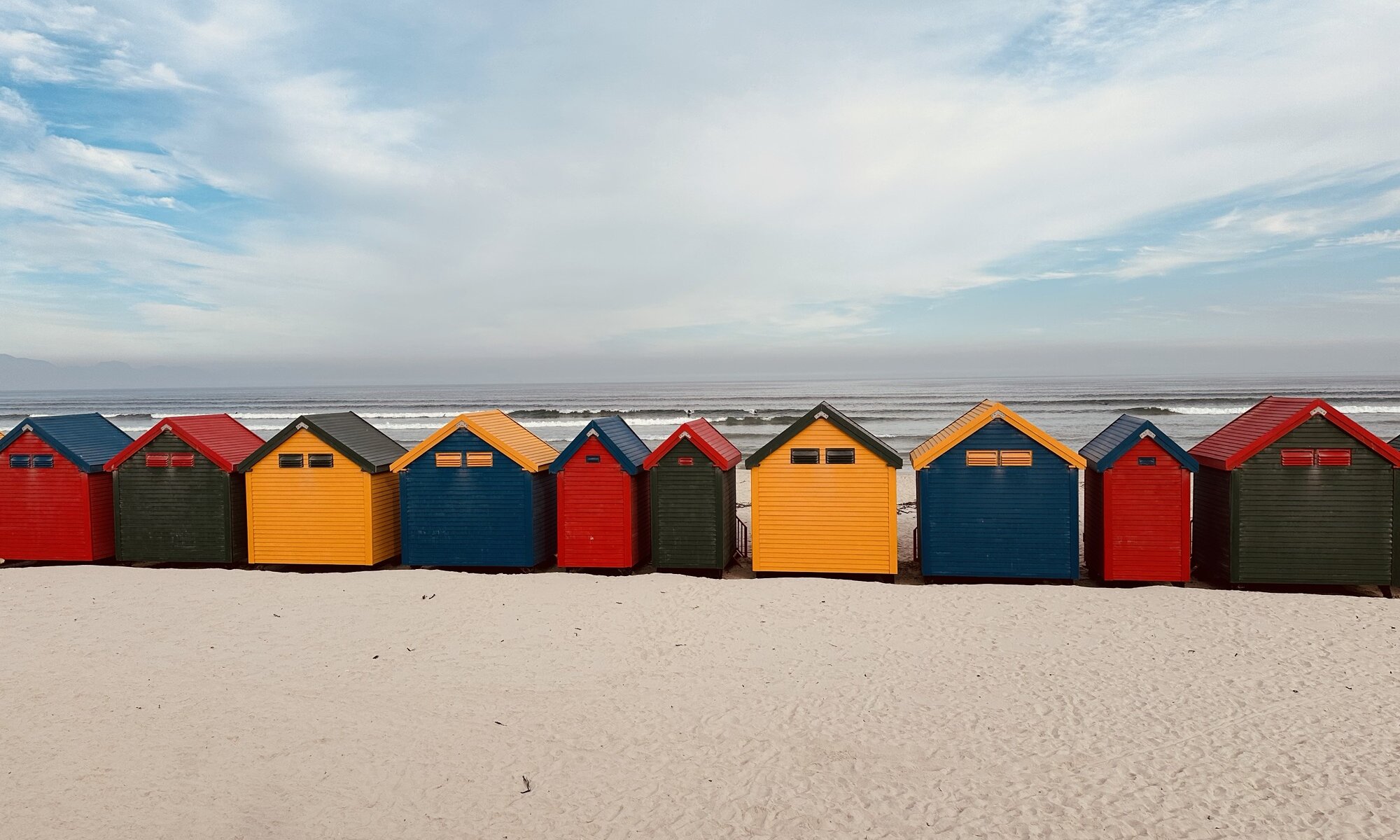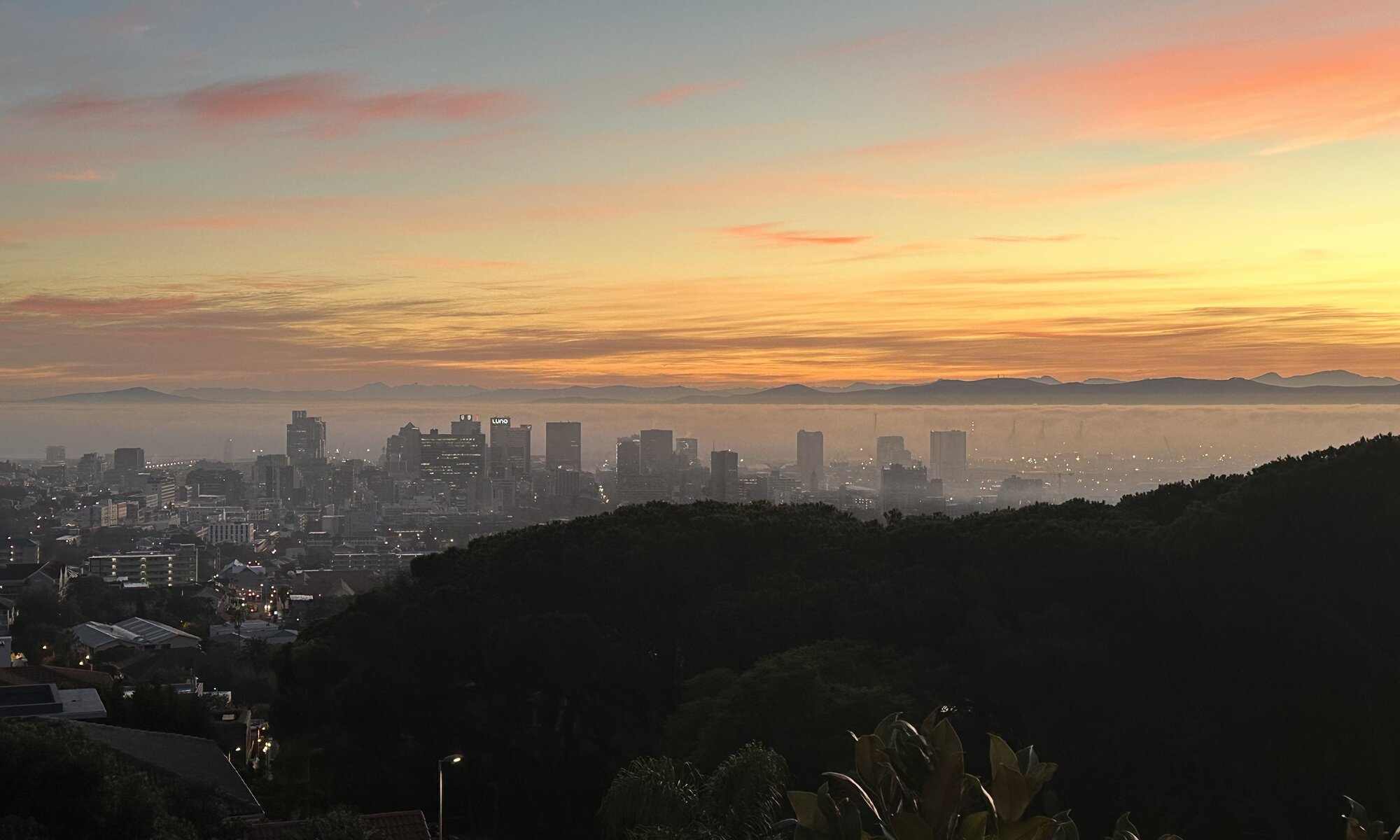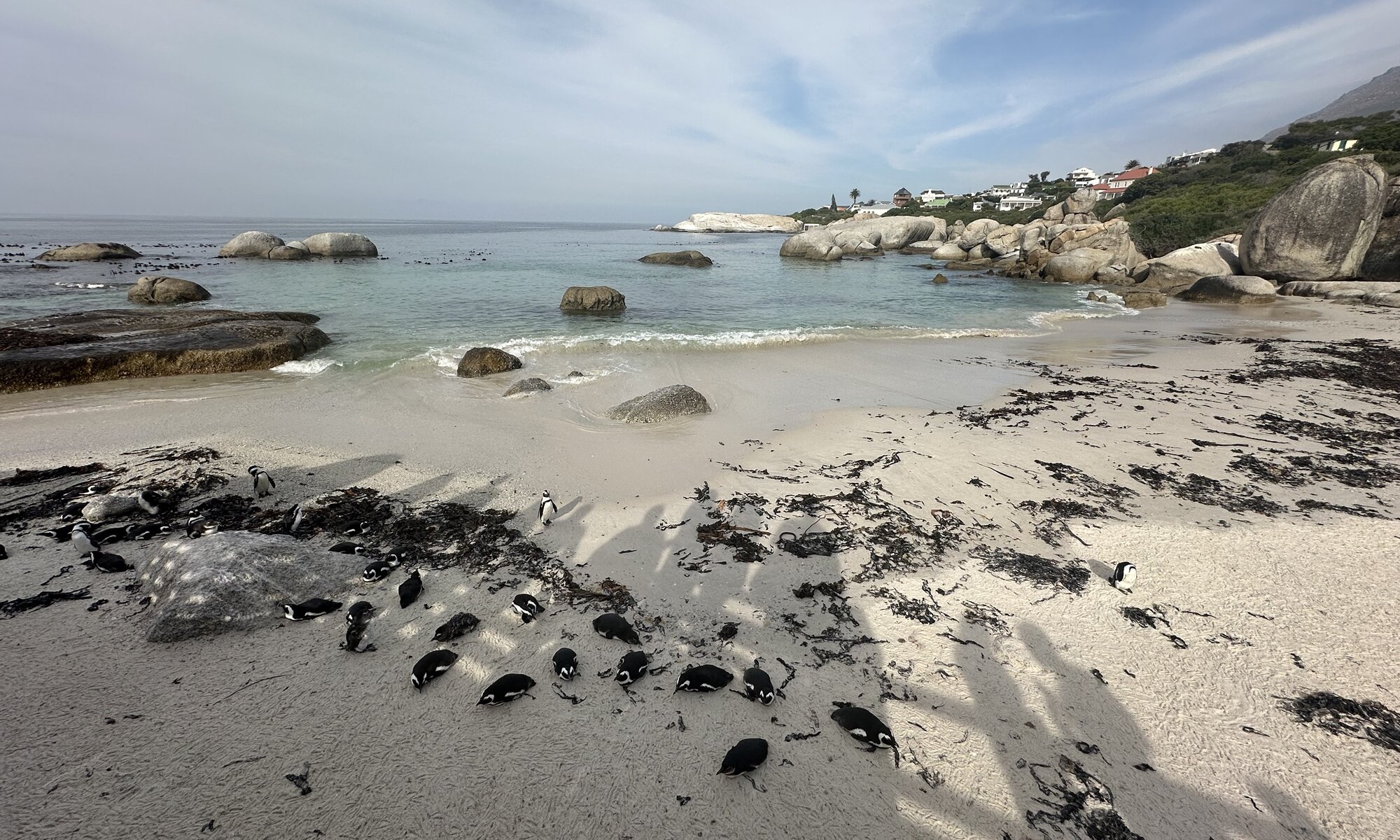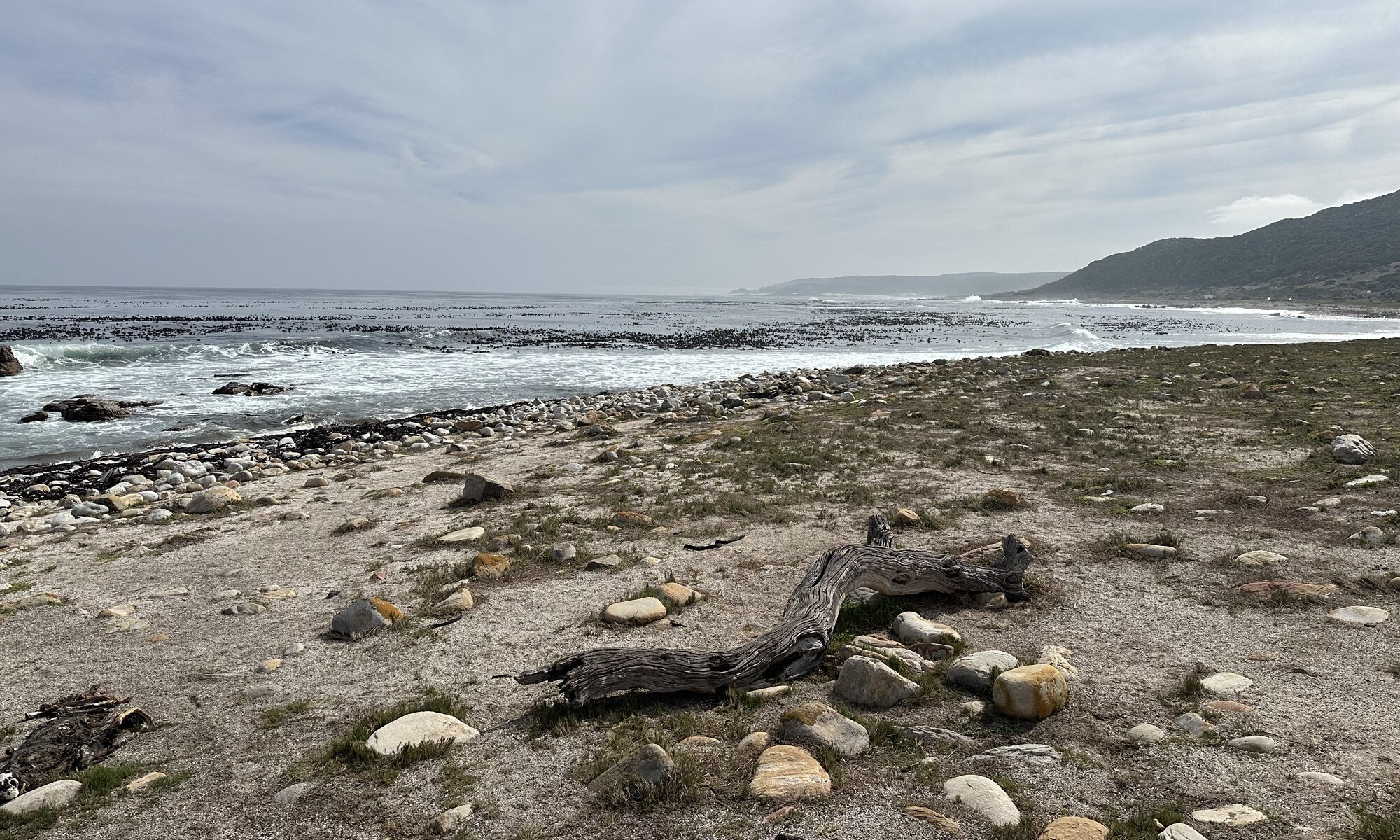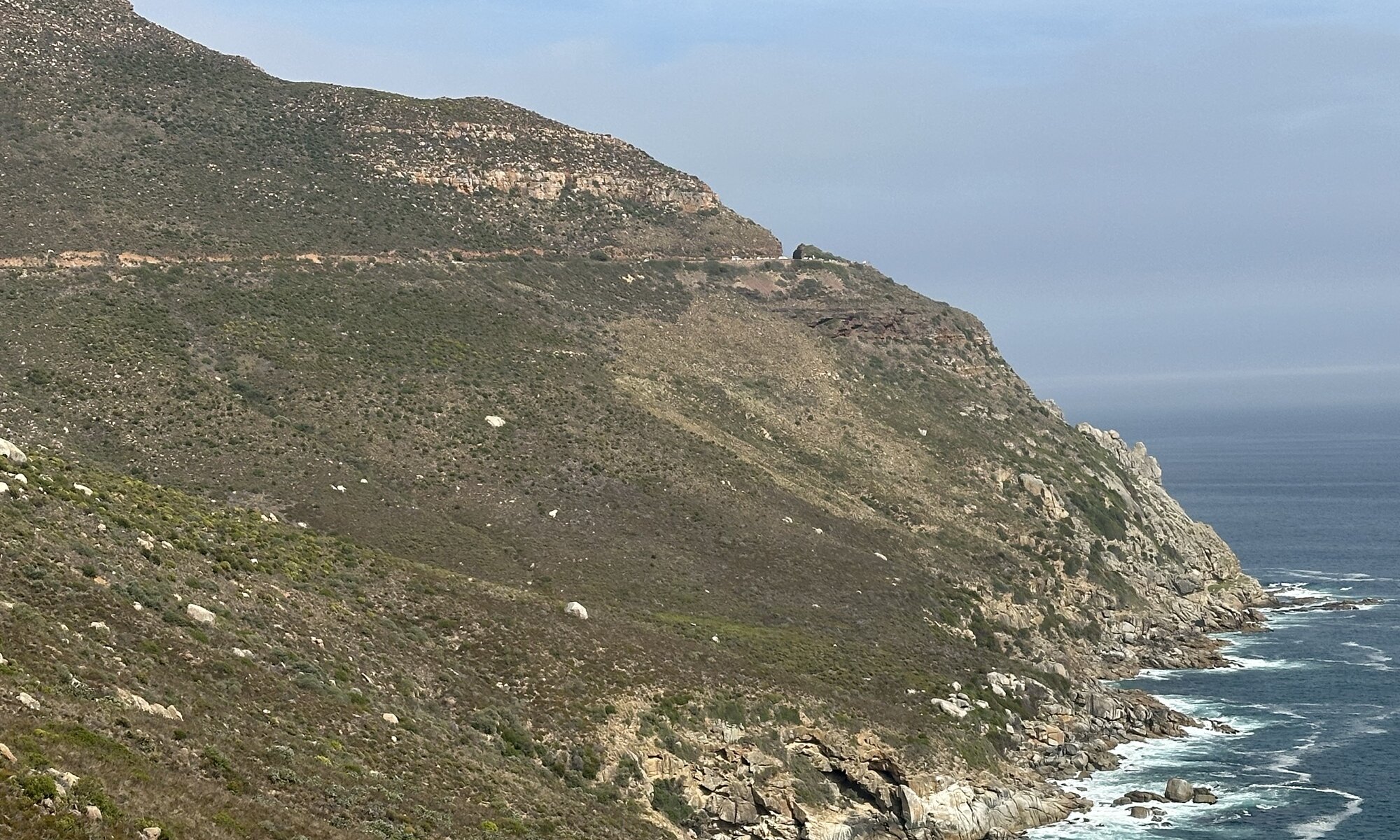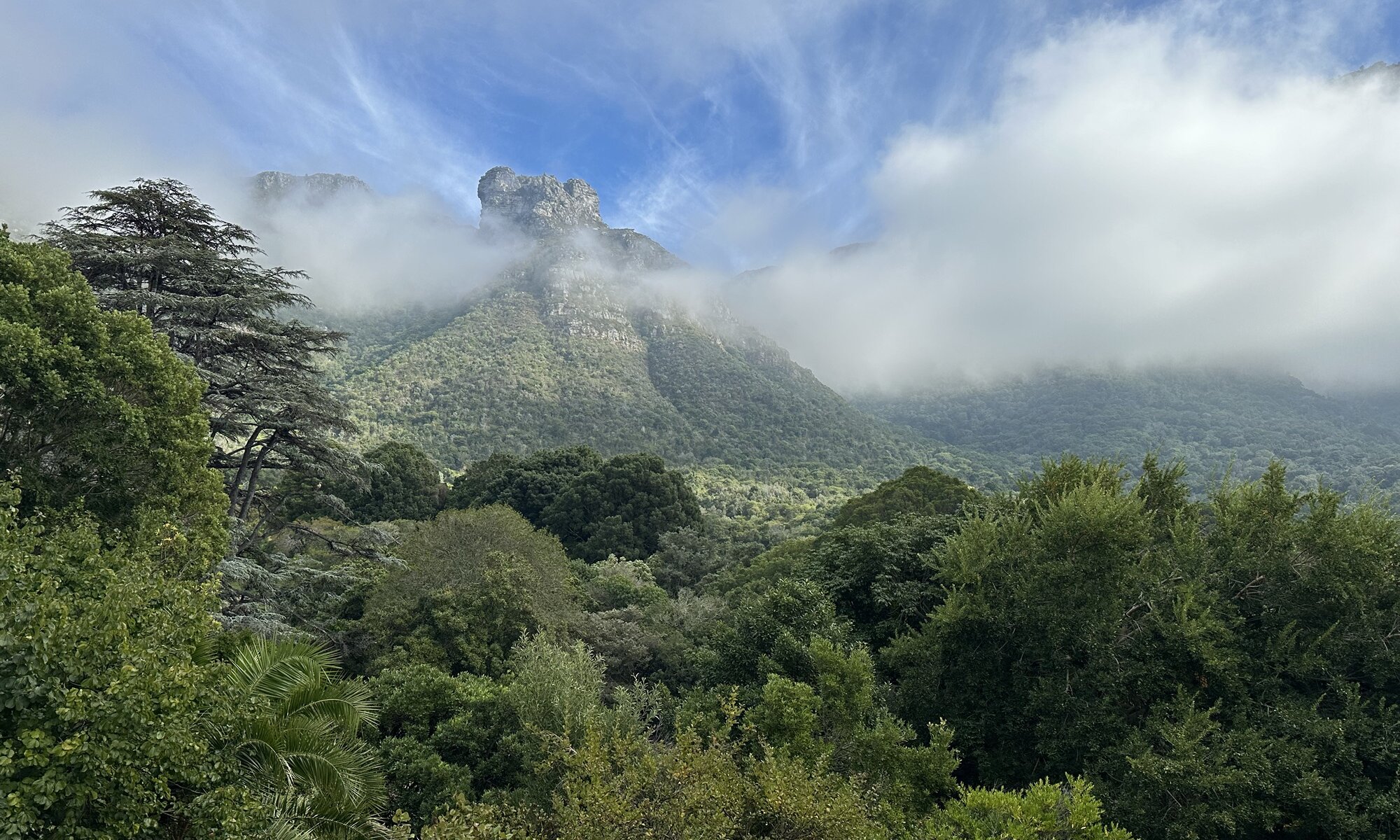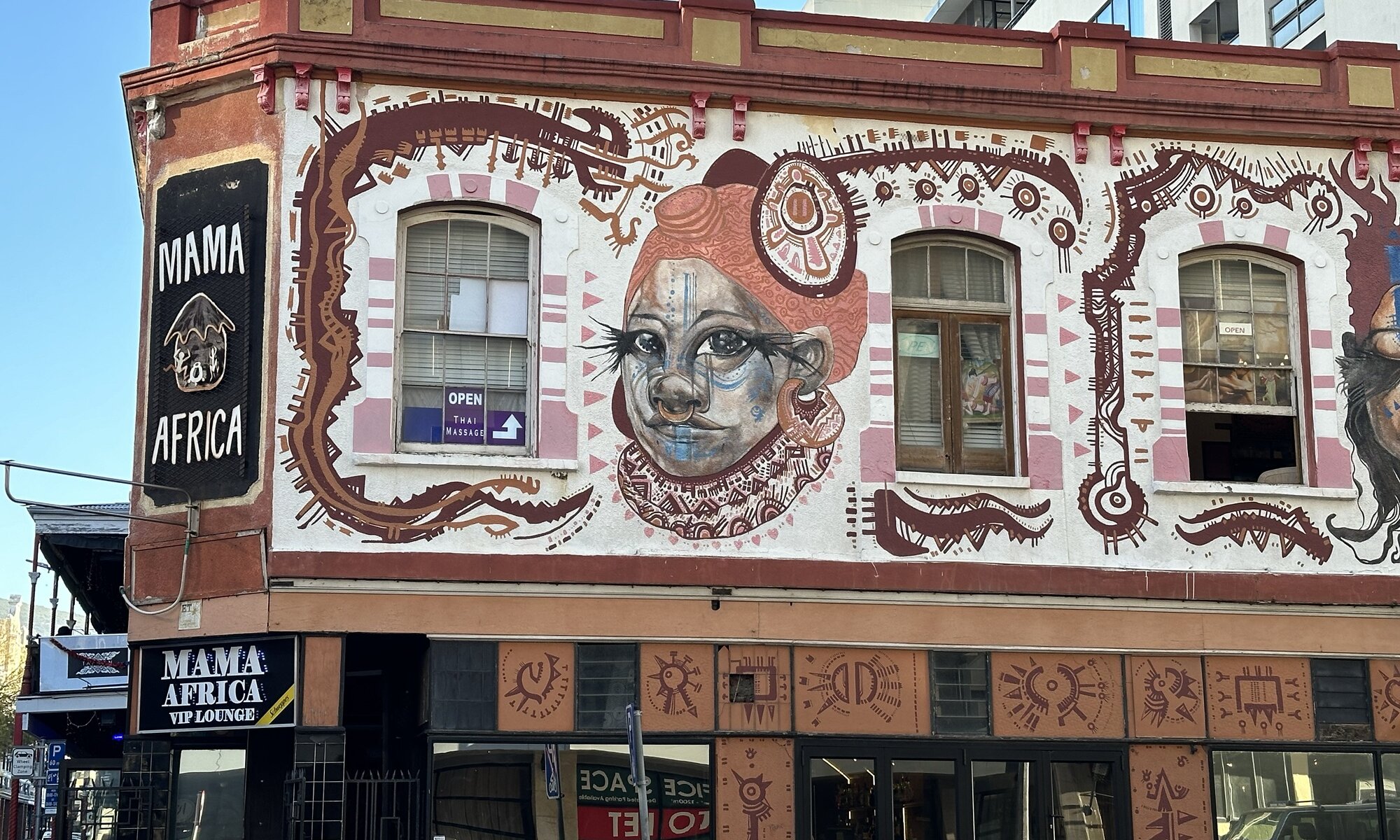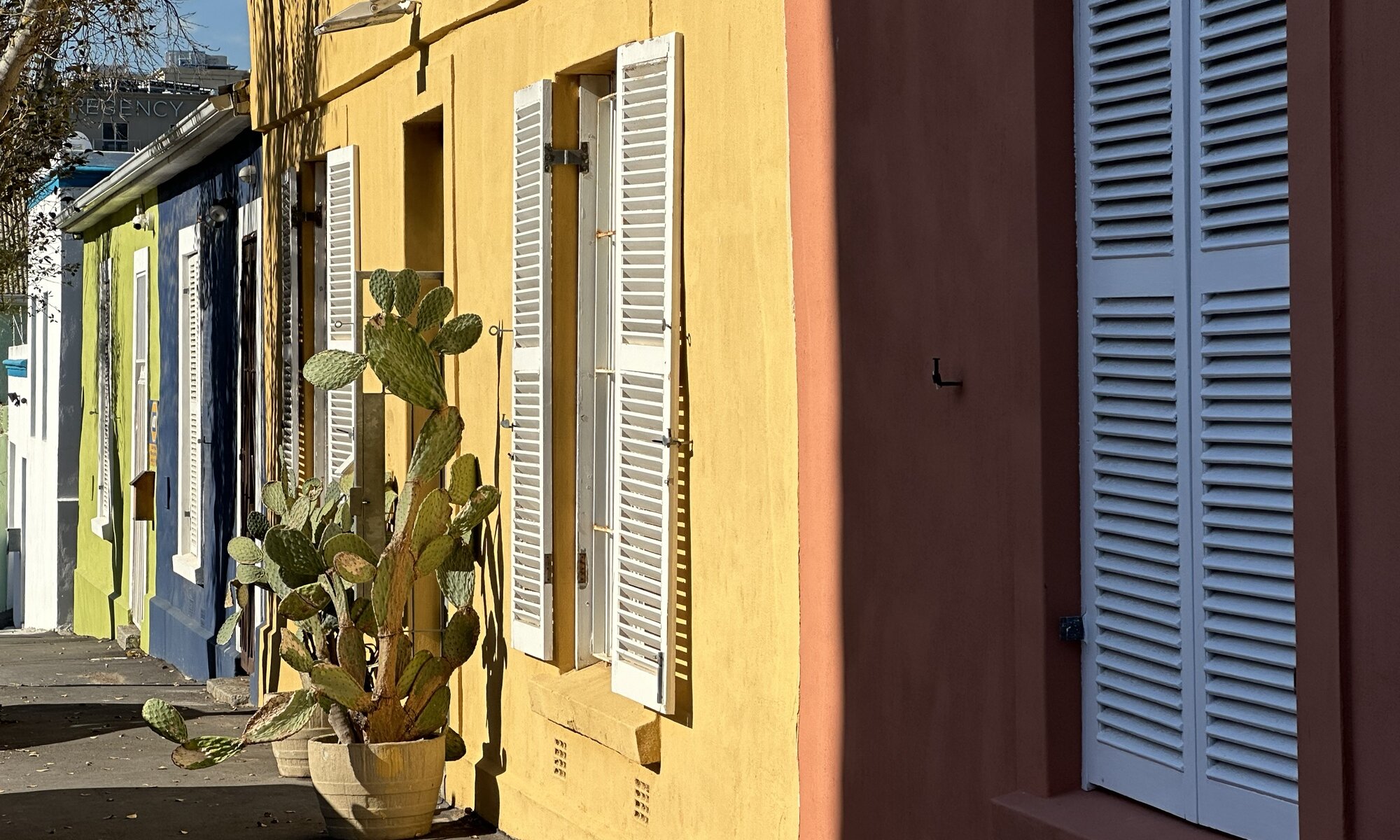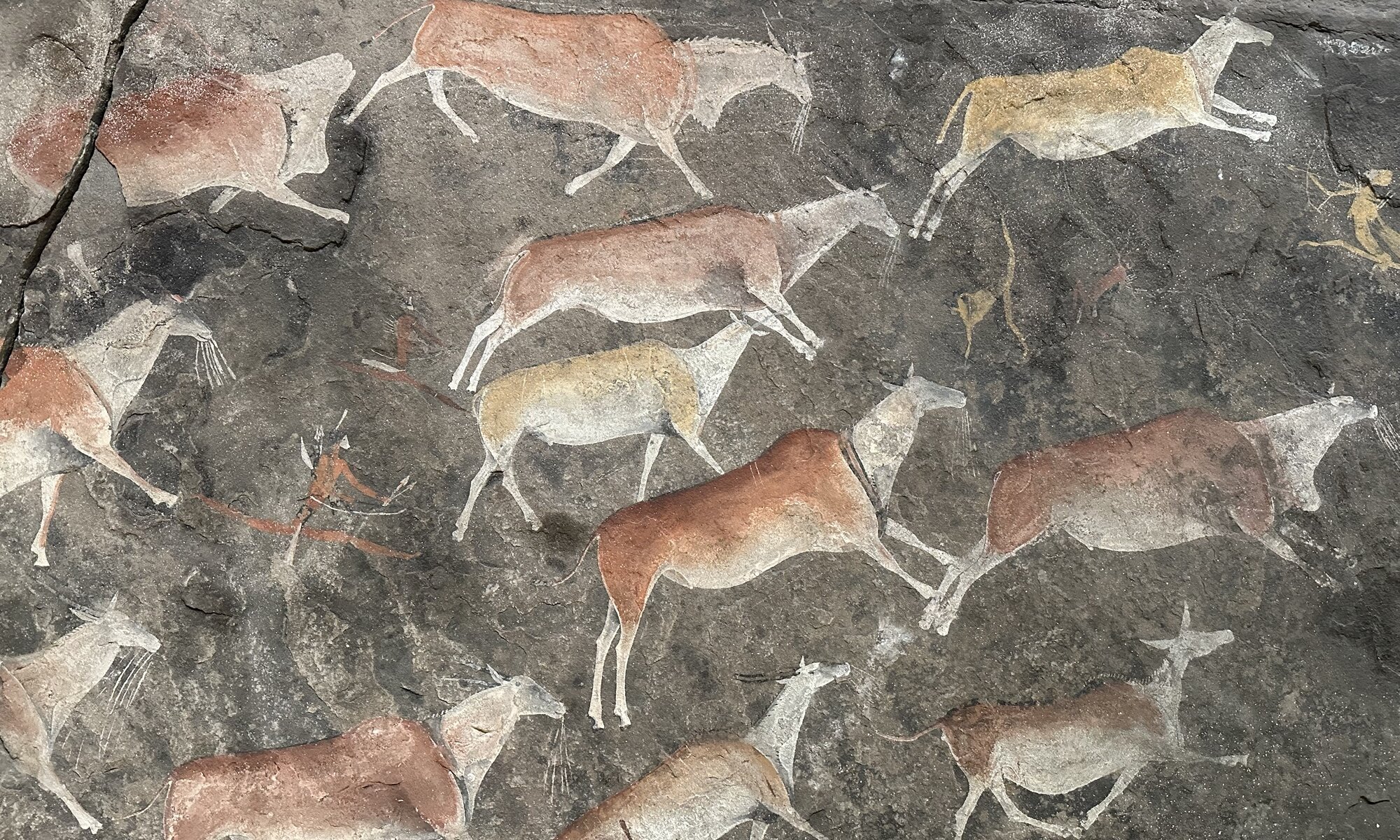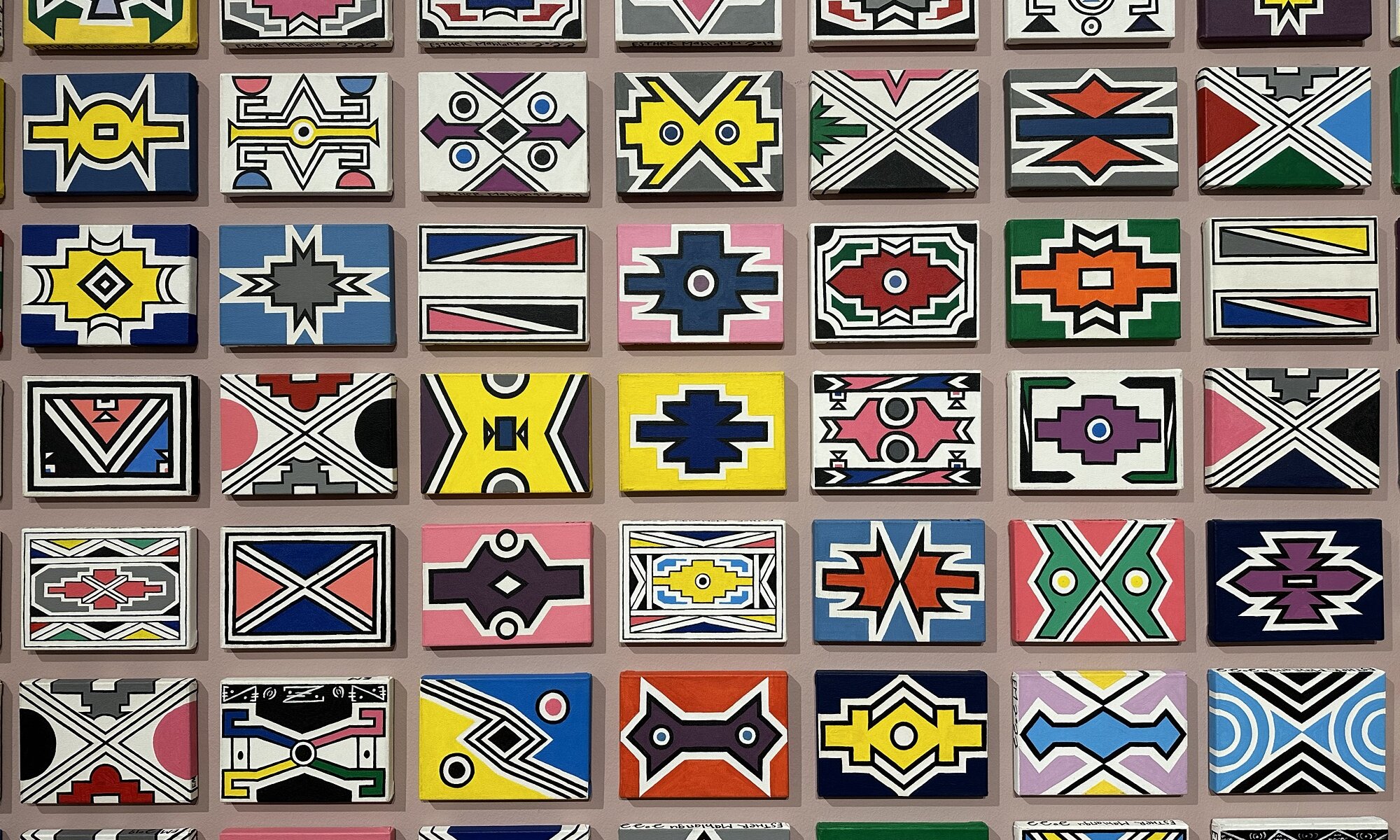Muizenberg Beach, located along the False Bay coast near Cape Town, is one of the most popular and picturesque beaches in South Africa. Known for its long, sandy stretch and gentle waters, Muizenberg is a favorite spot for surfers, families, and beachgoers of all ages. The beach is especially famous for its row of colorful bathing huts, which have become an iconic symbol of the area.
Continue reading “Muizenberg”Mother city
Cape Town, one of South Africa’s most iconic cities, has a rich history shaped by its strategic location at the southern tip of the African continent. The area was originally inhabited by indigenous groups, including the Khoisan people, before the arrival of Europeans. In 1652, the Dutch East India Company established a refreshment station at the Cape of Good Hope, led by Jan van Riebeeck. This marked the beginning of European colonization in South Africa. As Cape Town is the place of the first European settlements, it is also called the ‘Mother city‘.
Continue reading “Mother city”Boulders Beach
When visiting Cape Town you can’t leave out Boulders Beach in Simon’s Town along the Cape Peninsula. It is famous for its resident colony of African penguins, also known as Jackass penguins due to their distinctive braying call. The beach is a protected area, providing a safe haven for these endangered birds, and visitors can observe the penguins up close as they waddle across the sand, swim in the clear waters, and nest in the rocks. The penguins have made Boulders Beach their home since the early 1980s, and their numbers have steadily increased over the years, making it one of the best places in the world to see them in their natural habitat.
Continue reading “Boulders Beach”Cape of Good Hope
Located at the southern tip of the Cape Peninsula in South Africa, the Cape of Good Hope is one of the most iconic and historically significant landmarks in the world. Often mistakenly thought to be the southernmost point of Africa, it marks the meeting of the Atlantic and Indian Oceans and is famous for its rugged beauty, dramatic cliffs, and diverse wildlife. The cape is part of the Table Mountain National Park and attracts visitors for both its natural splendor and its historical role as a navigational landmark for sailors during the Age of Exploration.
Continue reading “Cape of Good Hope”Chappy
Chapman’s Peak Drive, one of the most scenic coastal routes in the world, winds its way along the rugged cliffs of the Cape Peninsula, offering breathtaking views of the Atlantic Ocean and surrounding mountains. The drive stretches for about nine kilometers between Hout Bay and Noordhoek, with the road hugging the steep cliffs and offering spectacular vistas at every turn. Built in the early 20th century, the road is a marvel of engineering, cutting through towering cliffs and providing a thrilling experience for drivers and passengers alike.
Continue reading “Chappy”Boomslang
The Kirstenbosch National Botanical Garden, located on the slopes of Table Mountain in Cape Town, is one of the most renowned botanical gardens in the world, celebrated for its stunning array of South African flora. Established in 1913, Kirstenbosch showcases a vast collection of indigenous plants, including a variety of fynbos species, aloe, and proteas, and serves as a hub for plant conservation and research. One of the garden’s most unique features is the Boomslang, a wooden canopy walkway that allows visitors to experience the beauty of the garden from a bird’s-eye view.
Continue reading “Boomslang”Mama Africa
Being at South Africa gives you the great chance to taste different dishes from all of Africa. If you don’t always want to dine at the waterfront of Cape Town you should consider the city center and especially the Long Street when looking out for great food. There you’ll also find Mama Africa, a well-known restaurant serving African food which is easy to spot – because of the nice paintings on the outside.
Continue reading “Mama Africa”Bo-Kaap
Between the city center of Cape Town and Signal Hill you can find a special city quarter that is mostly known for its colorful painted houses: Bo-Kaap. It has narrow and steep streets and is obviously not the prime location to built a city quarter on (even though it is really close to the city center); it is the place that the so-called Cape Malays were allowed to settle in. They’re a Muslim group whose ancestors were enslaved by the Dutch East India Company and brought to South Africa.
Continue reading “Bo-Kaap”(Natural) History
The South African Museum was founded in 1825 and is a wild mix of 1,5 million exhibits connected to South Africa. You can learn about regional stone carvings, sharks, land-bound animals, dinosaurs, the life of Nelson Mandela and visit a planetarium connected to the museum. In fact, the South African Museum is a combination of a natural history museum and an archaeology museum which feels a bit odd at the first moment as these types of museums are typically separated in Europe.
Continue reading “(Natural) History”South African National Gallery
Walking through the Company’s Garden at Cape Town you’ll discover the South African National Gallery at its southwestern end. It is an art museum that was founded in 1871 and that exhibits African and European art. The collection started with works donated by Sir Thomas Butterworth Bayleys and was extended with European artists over time. Thereby this was a special place showing foreign art and the curators are aware about the effects of colonialism on their collection. Since 1990 the focus is to add South African artworks and especially paintings by black artists to the collection.
Continue reading “South African National Gallery”